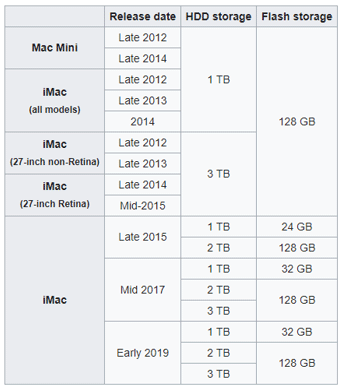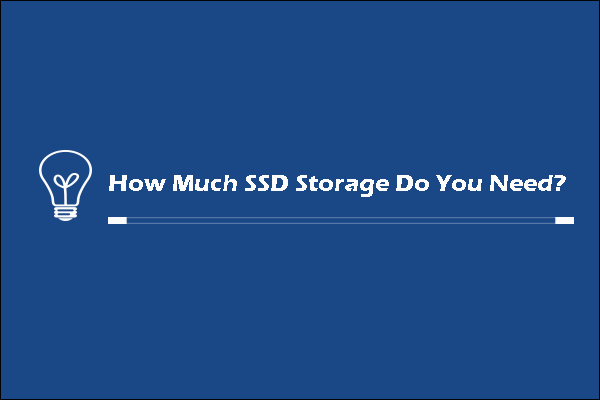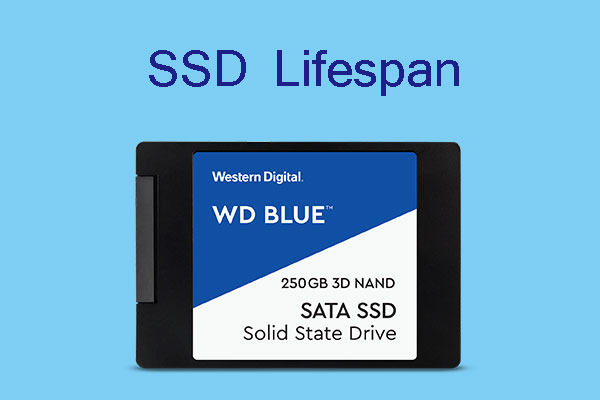For some users, Fusion Drive might be a new concept. What does Fusion Drive mean? How about Fusion Drive vs SSD? If you have the two questions, you come to the right place. In this post, MiniTool elaborates on Fusion Drive and compares it to SSD.
What Is Fusion Drive?
Fusion Drive is used in devices made by Apple Inc and was announced in October 2012. It is a combination of a Serial ATA HDD and a Flash Drive (SSD). In other words, Fusion Drive is a hybrid hard drive.
When Fusion Drive was first launched, the SSD component was 128GB. But Apple reduced the component in 2015, the component of a 1TB Fusion Drive becoming only 24GB. Currently, you can only find a 128GB flash Storage component in the 2TB and 3TB Fusion Drive.
MacOS places the more frequently accessed files, like the operating system and apps, on the flash storage part of Fusion Drive. The design is to load them quickly. The less frequently used data (photos, movies, and backup files) is stored on the hard drive.
What Is SSD?
SSD (Solid State Drive) is another storage device. Different traditional hard drives, SSD uses integrated circuit assemblies as memory to store data. For this reason, SSDs are significantly faster than HDDs, making them ideal for tasks that require better performance, including gaming, video editing, and so on.
Fusion Drive vs SSD
Fusion Drive is comprised of HDD and SSD. Do Fusion Drive faster than SSD? Buy Fusion Drive or SSD? The following content compares Fusion Drive and SSD from four aspects – performance, capacity, longevity, and price.
Performance
Fusion Drive has better boot-up time than an HDD. Upgrading to a Fusion Drive can boost the load speed — your iMac can start up in seconds rather than minutes and your files can be open more quickly. However, the performance of Fusion Drive is still not up to the dedicated SSD scenario.
Capacity
As of early 2019, the capacity of Fusion Drive is about 1TB, 2TB, and 3TB. The following screenshot from Wikipedia reveals its capacity from 2012 to 2019.

SSD capacity can vary from 4Tb to 16TB or even more. The common consumer SSD capacities are 128GB, 512GB, 1TB, and 2TB.
Longevity
Since Fusion Drive is the combination of HDD and SSD, this means it also has moving parts. The moving parts can fail if you drop it. However, for SSD lifespan, all the flash memory fails to retain its data after about a decade.
Price
Fusion Drive is much cheaper than the equivalent SSD. For example, if you want to update the entry-level 21.5 iMac from 1TB hard drive to a 1TB Fusion Drive, you need to pay just $100. While if you adopt a 1TB SSD, you might need to pay $400.
Aside from the main differences between Fusion Drive and SSD, another difference might need to be taken into consideration. That is noise. Fusion Drive can also produce some noise (not much than an HDD) because of the moving parts inside it. However, SSD doesn’t generate noise.
Buy Fusion Drive or SSD? If you desire faster loading speed and do not want to hear any noise, it is highly recommended that you buy an SSD. If you have a limited budget and the load speed is not so much important, the Fusion Drive is the best option.
There is another hybrid drive called SSHD and it is also the combination of HDD and SSD. If you are interested in this storage, you can read How to Upgrade to Solid-state Hybrid Drive (SSHD).



User Comments :